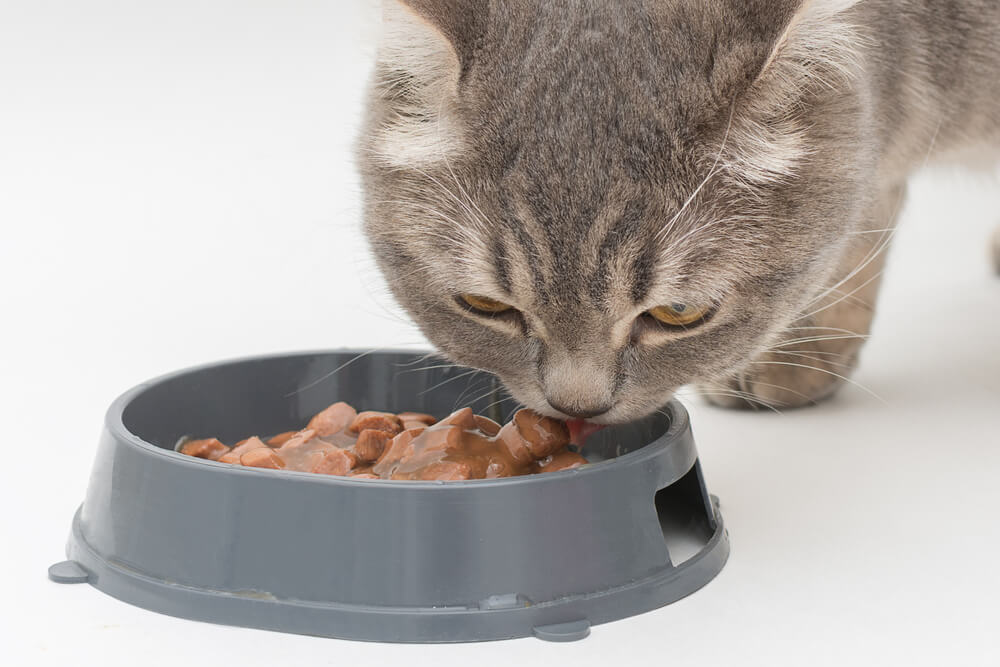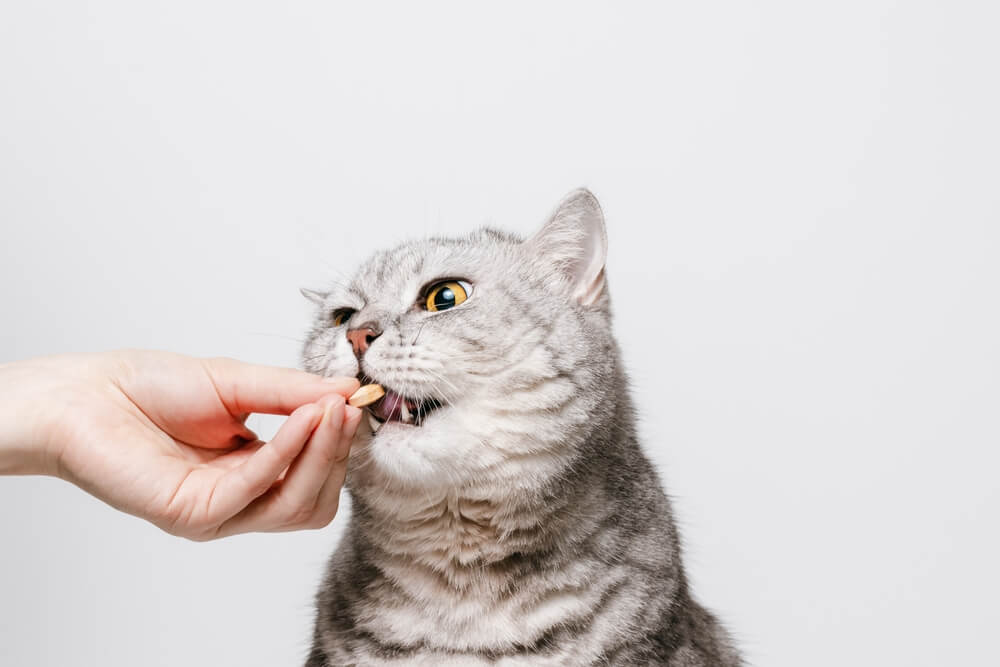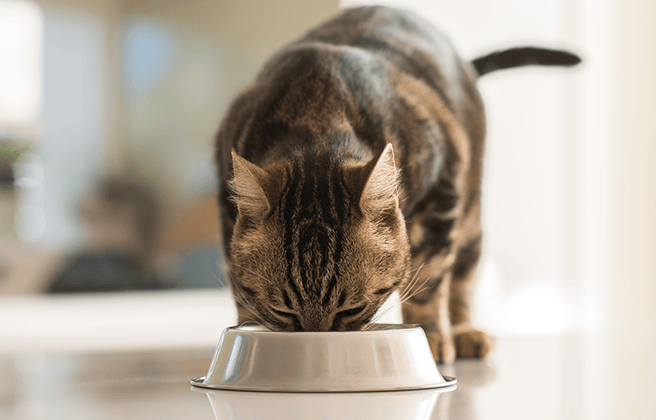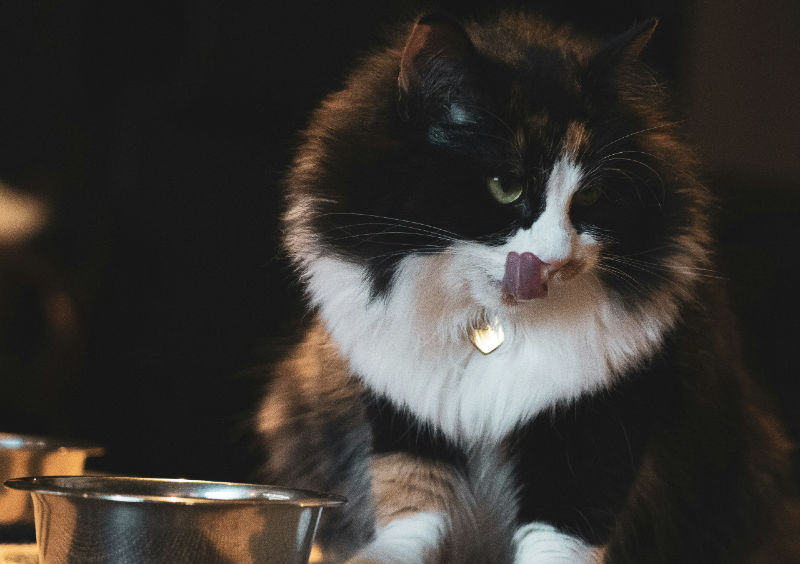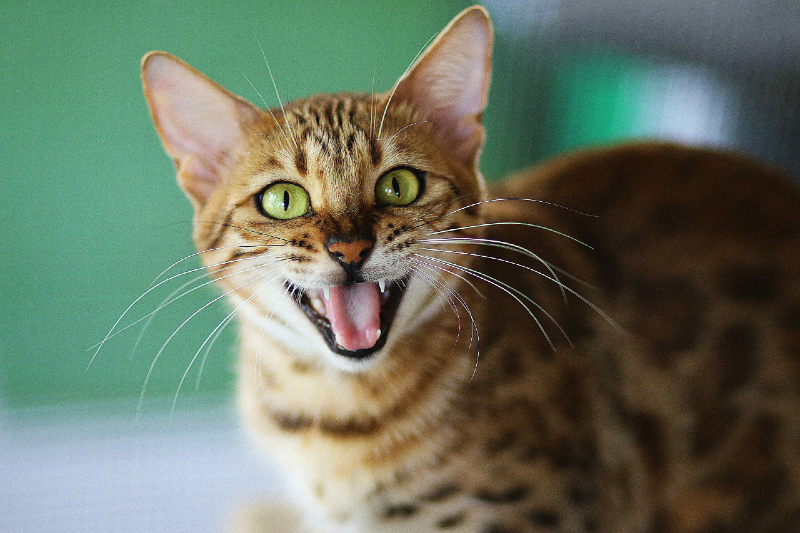
Keeping your cat’s teeth clean should be a priority for every cat parent. After all, those needle-like gnashers won’t clean themselves, however much you’d like that to be the case.
There are a number of ways to help your cat with their dental regime so that their teeth stay strong and healthy and in turn this will help keep gingivitis, bad breath and more serious health concerns at bay.
So let’s start with a question you may not have considered before:
How many teeth do cats have?
Adult cats have 30 teeth. This comprises 12 incisors, and four canines at the front of the mouth, and 10 pre-molars and four molars at the back.
Kittens have 26 teeth and start growing them from around the age of four months. Usually, their adult teeth are in by the time they are six months’ old.
The front teeth are used primarily for grabbing and pulling, and the back teeth are used for chewing and grinding food.
The enamel covering cats’ teeth is weaker than that of human teeth, which is why cats’ teeth are more susceptible to fractures and breaks.
What problems can cats get with their teeth?
Cats can suffer from a range of problems with their teeth. These include:
Gingivitis: This extremely common condition affects most cats at some point in their lives. It’s an inflammation of the gums, and can lead to bacterial infections at the point where the gum has receded or separated from the tooth, leading to pain for your cat and a possible tooth extraction if it’s progressed to a serious infection.
Resorptive lesions: Similar to cavities in the teeth, these are small holes in the enamel that can cause significant pain. The reason why they form is yet to be determined, but the treatment usually involves extracting the problematic tooth.
Periodontal disease: Infection of the tissue beneath the gum line can result in periodontal disease in cats. It begins as plaque and gingivitis but over time can affect teeth roots and become extremely painful.
What are the signs something’s wrong with a cat’s teeth?
Some of the more common symptoms your cat might display if there’s something wrong with their teeth or gums include:
- Drooling
- Bad breath
- Loss of appetite
- Struggling to eat
- Red gums
- Weight loss
- Lack of grooming
It’s important to keep an eye on your cat for all manner of reasons, but noticing when something is wrong healthwise is one of the most important. It’s also why ensuring you regularly take your cat to the vet for check-ups is crucial, so they can spot anything wrong and take action — including problems with their teeth.
How to keep you cat’s teeth clean
One of the key things you can do to ensure your cat’s teeth stay in healthy condition is regularly brushing them. Ideally, you’d brush them daily, and the younger you start doing it, the more used to it they become.
Never use a human toothbrush or toothpaste on your cat — there are cat-specific brushes and toothpaste manufactured specifically for felines. You can buy cat toothbrushes (including finger brushes, which although potentially easier to use provide an elevated risk of being bitten by your cat).
Cat-specific toothpaste is also available, and usually comes in flavors that appeal to cats and less to humans, such as fish, beef or chicken — you may need to get your cat to try a few flavors before they find one they like.
When it comes to how to brush your cat’s teeth, in most cases it will take time and patience for both you and your cat to get used to the process. Try to introduce it by getting them to eat the toothpaste first, while also getting them used to you holding their head in the position you plan to hold it while brushing.
To do this, position yourself behind your cat, and hold their sides to stop them from moving while your body prevents them from backing away. Carefully move your dominant hand on to your cat’s chest, then mouth, gently moving their lips up and down in order for them to become used to this movement as you’ll be doing when you brush.
After a few days of doing this, the next step is to add some toothpaste to a cotton bud and try moving it around their mouth. You don’t need to open their mouth, just move it around their teeth, gums and lips. Build up the time you do this, starting with a few seconds. Always reward them with a treat at the end so they begin to associate the process with good things.
Once they’ve become used to the cotton bud, you can try moving onto a toothbrush, doing the same thing and building up brush time until you’re brushing one minute each side.
The result will be less plaque and cleaner teeth, plus if you’re brushing regularly you’ll easily spot if anything’s amiss with their gums or teeth, meaning you can get expert help quickly.
We uphold the highest editorial standards when creating the authoritative content pet parents rely on and trust.
Every piece of clinical content on the Cat Food Advisor is reviewed by our certified Veterinary Advisory Board, which consists of licensed veterinarians and medically certified specialists.
Our reviews are completely independent; we are not paid by any pet food company to promote their products favorably. We do not accept money, gifts, samples or other incentives in exchange for special consideration. For more information see our Disclaimer & Disclosure page.





